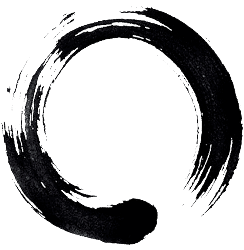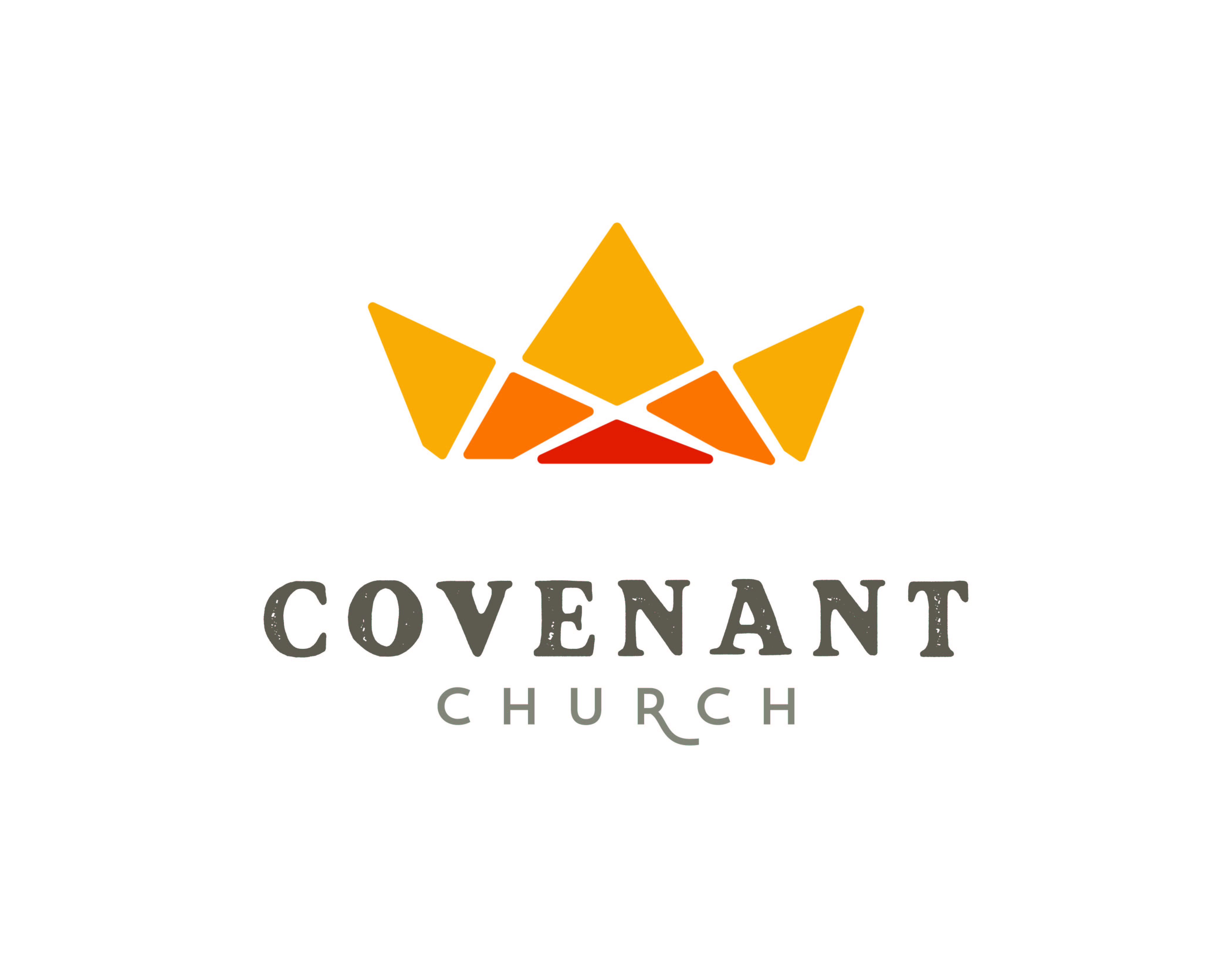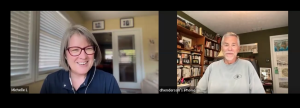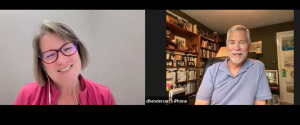As we begin the book of Revelation you can be sure of one thing—it’s going to get strange! That’s the nature of apocalyptic literature to our Western minds. To help us make better sense of the bigger picture, I strongly encourage you to check out both volumes of Tim Mackie’s Bible Project video summaries for Revelation in Right Now Media or YouTube before you get much deeper into the book. Starting with this overview will help create categories into which you can place some of the interesting images you will encounter. As I let Tim do the heavy lifting, there is one connection I want to make that I think is relevant to our journey and it is found in the first chapter.
The opening words of Revelation complete the circle by bringing us back to two topics found in the opening chapters of the Bible. The first topic is about God. Genesis 1:1, “In the beginning God created the heavens and the earth.” Back then we did not know much about God. He was big and powerful and could make all that we see and can’t see out of nothing. Along the way we learned more about Him. We learned His name in Exodus 3 and He told us of His loving character in Exodus 34:6. As we journeyed through the pages this God kept revealing clues about Himself, but it was not until the New Testament that the lights were fully turned on.
The light switch was clearly found in the gospels and neatly unpacked in John 1:1-14. “In the beginning was the Word and the Word was with God and the Word was God…through Him all things were made…in Him was life…and the Word became flesh and made His dwelling among us.” Jesus the Christ is Creator God in the flesh. Revelation calls Jesus the faithful witness to God’s salvation plan, the firstborn of the dead (meaning others will follow) and the ruler of the kings on earth (1:5). In spite of all we see and experience in this fallen world, who is it that has all authority and power? It is Jesus, the one who created, recreated (redeemed) and now rules with ultimate authority.
The second topic is about us. The opening chapters of Genesis reveal that God made us in His image. With no sin or rebellion to our record, we were positioned to act as the Creator’s mediators between Himself and His creation. We could speak for Him, act on His behalf and bring the creation’s needs to Him. Later we learned that this function had a name—priest.
The disobedient rebellion of Genesis 3 removed us from our role as God’s priests. It brought to us both physical and spiritual death as it separated us from the life of God (Ephesians 4:18). Genesis 3 through 11 records how God’s good plan for unity fractured again and again, culminating in the barrier of language. This is when God stepped in and selected one group of people to be the people through whom the entire world will again be blessed.
Through the Israelites God revealed the size of the chasm that exists between Him and us. He also reinforced just how costly restoring our relationship with Him would be and how He planned to do it through His Messiah. As early as Genesis 3:15, God promised to send one who would destroy the serpent’s work. Jesus is that anointed One of God who “shared in [our] humanity so that by his death he might destroy him who holds the power of death—that is, the devil— 15 and free those who all their lives were held in slavery by their fear of death” (Hebrews 2:14-15). The end result of all this is summarized in Revelation 1:6. “He has made us a kingdom of priests.” We have come full circle.
Those with faith in Christ are returned to relationship with God, like it was in the beginning. Made in His image we are a kingdom of priests called to be mediators between God and His creation. Until Jesus returns, part of that calling includes the task of announcing and working for reconciliation (2 Corinthians 5:18-21). To be sure, this reconciliation begins with a person’s relationship with God but does not end there. The ministry and message of reconciliation also includes our relationships with others as, guided and empowered by the Holy Spirit, we seek to “love our neighbor as ourselves.” (See the Bible Project’s helpful word study on Justice for more on what this means.) Finally, I believe this reconciliation even extends out to include our relationship with God’s creation. Let me unpack this one a bit more.

Some think I overstate the case when I mention reconciliation with creation but think back on this for a moment. Do you remember the harmony and “good” in the garden and the curse that fell on the world because of human sin? Suddenly the ground that wanted to easily produce food and fruit to God’s glory was reduced to producing thorns and thistles thus forcing the image-bearers to work hard to get what they needed. This is not what the earth was made to do. Think also of Paul’s words in Romans 8. There he spoke of all creation groaning until the sons of God are revealed, waiting for that day when “creation will be liberated from its bondage to decay and brought into the glorious freedom of the children of God” (Romans 8:21). The harmony between God’s image bearers and His creation was broken in Genesis 3 and ever since then, in a metaphorical way, creation has longed for that harmony to be restored. That restoration has now begun through the new and growing kingdom of priests who, brought to life by Jesus, engage in the full scope of the ministry of reconciliation.
And so, after 23 months of reading we come to the last book of the Bible and realize we have come full circle. The God of Genesis 1:1 is revealed to be the victorious king Jesus. The image-bearing, priest-mediators in the Garden are restored and sent to all the world with the good news (“gospel”) of reconciliation that impacts every part of creation and will one day restore the unity God intended as “a great multitude, that no one could count, from every nation, tribe, people and language” will stand before God’s throne to worship Him alone within a “new heaven and a new earth” for “the old order of things has passed away” (Revelation 7:9-10; 21:1, 4). And, as the remainder of the Revelation declares, nothing and no one can stop this from happening!
As John writes in Revelation 1:5, “All glory to him who loves us and has freed us from our sins by shedding his blood for us.” Let all who have put their hope in Jesus cry out, “Amen and Amen!”

Rob






